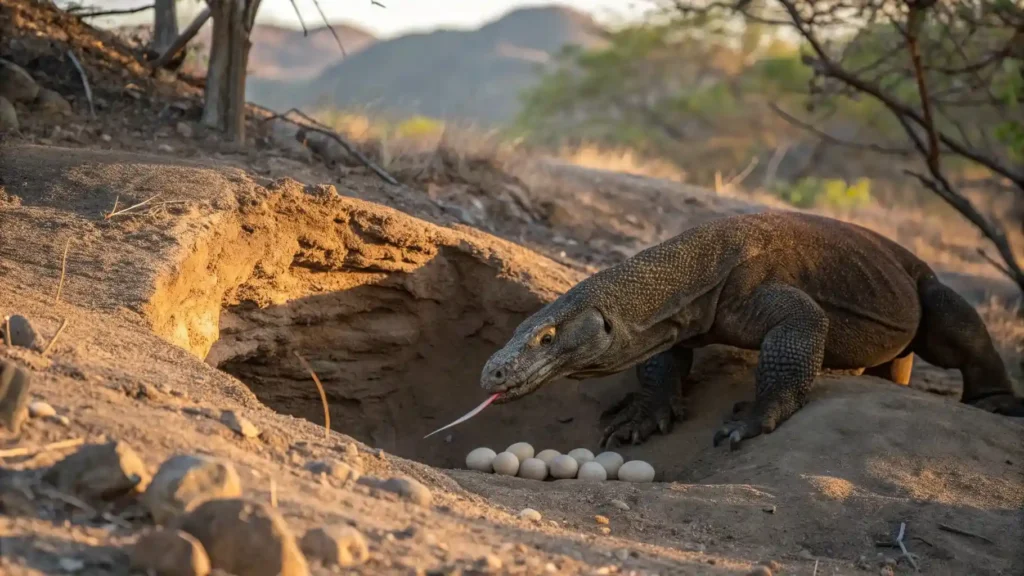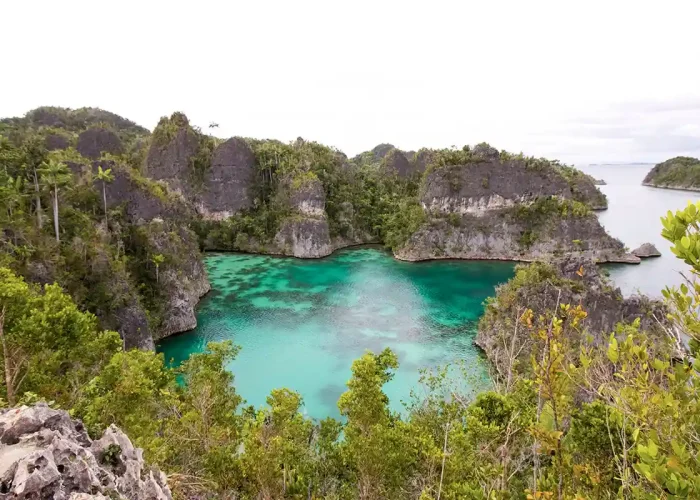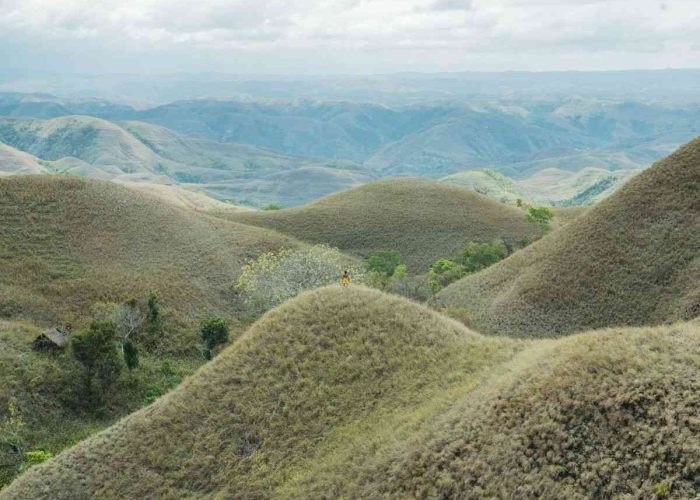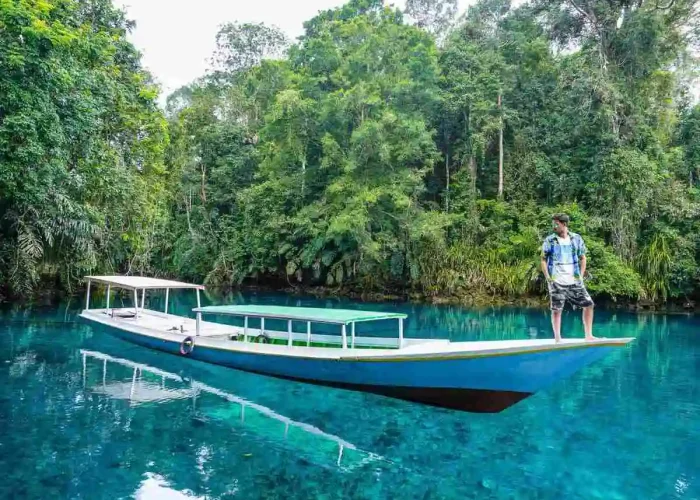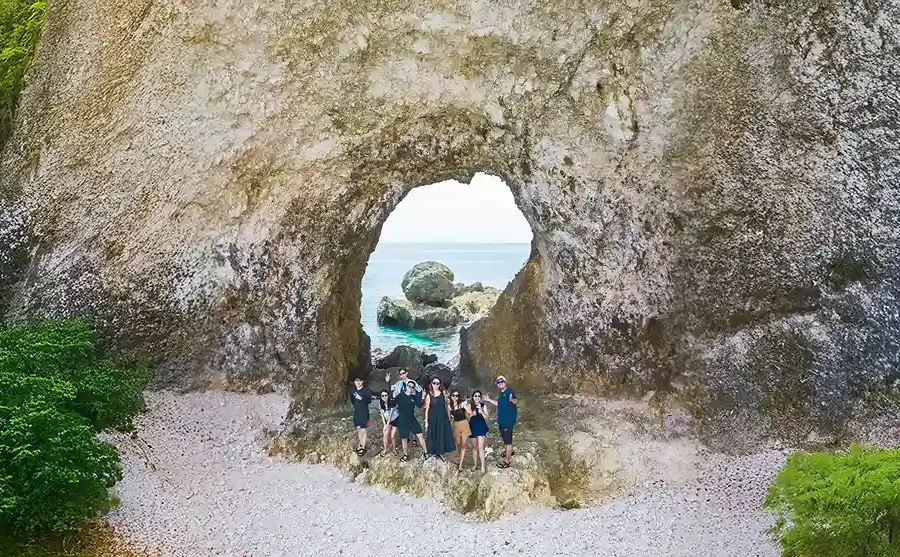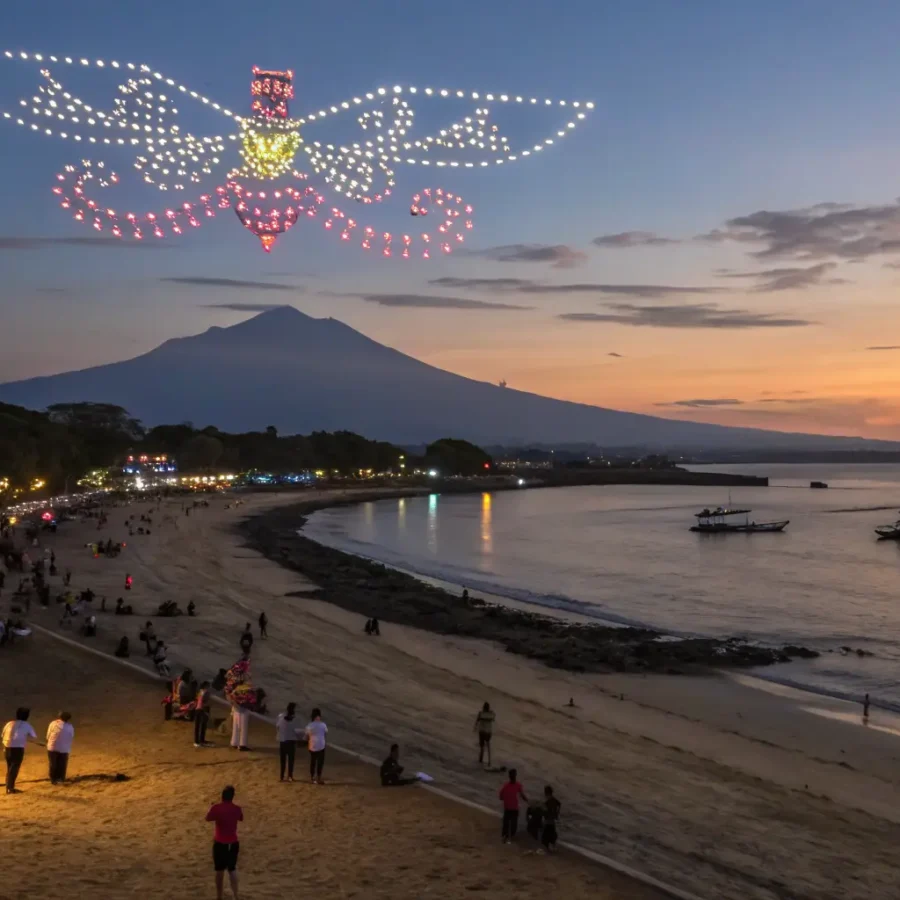Have you ever wondered how Komodo dragons reproduce? These ancient creatures, icons of Indonesia, never fail to amaze scientists and travelers alike. From their hunting techniques to their daily habits, everything about them is full of surprises. But one of the most fascinating aspects is how Komodo dragons continue their bloodline.
It turns out that Komodo dragon reproduction is not as simple as in most animals. There are unique rituals, fierce battles, and even a rare survival ability found in very few species on Earth. By reading this article to the end, you’ll understand why Komodo dragons have survived for millions of years, and maybe feel even more inspired to see them in their natural habitat.
Table of Contents
A Glimpse of the Komodo Dragon
The Komodo dragon (Varanus komodoensis) is the largest lizard in the world, capable of growing over 3 meters long and weighing between 70–90 kilograms. They have an extraordinary sense of smell, allowing them to detect the scent of blood from several kilometers away. Thanks to this ability, Komodo dragons sit at the top of the food chain on Komodo Island, Rinca, Gili Motang, and parts of Flores. As an endemic species to Indonesia, Komodo dragons are one of the main attractions for visitors to Labuan Bajo. It’s no wonder that travelers from around the globe journey to see these ancient reptiles up close.
How Komodo Dragons Reproduce
To ensure their survival, Komodo dragons use two different strategies: sexual reproduction (involving both male and female) and asexual reproduction or a process called parthenogenesis (without males). These dual mechanisms demonstrate how nature equips this endangered species with incredible resilience, even in harsh environments.
Sexual Reproduction in Komodo Dragons
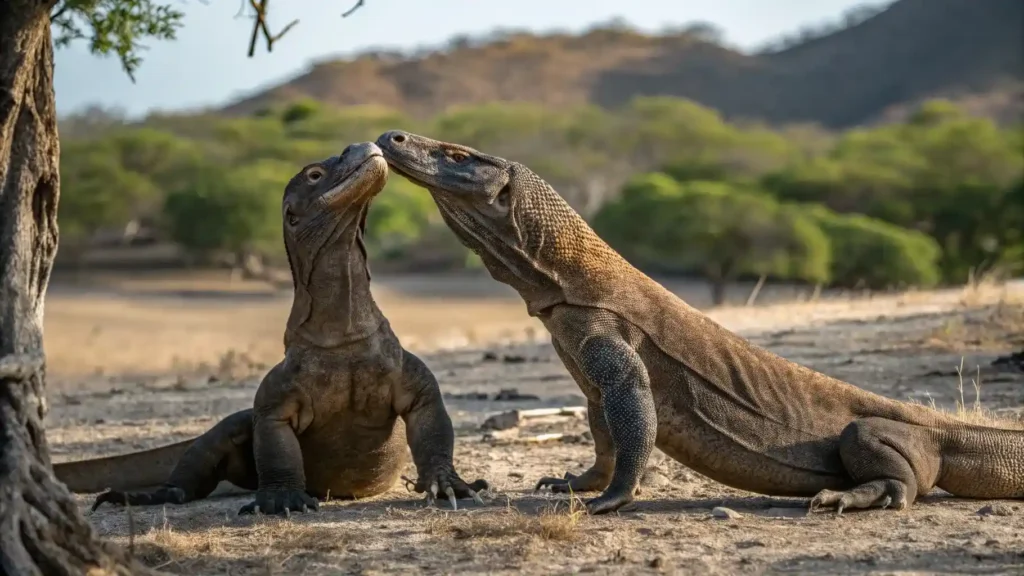
This is the most common reproductive method in the wild, especially when the sexually reproducing population is balanced and there are enough male komodo dragons and komodo females in one habitat. Sexual reproduction in Komodo dragons follows a fascinating sequence, from mating season to the challenges faced by hatchlings in the wild.
Mating Season
Komodo dragons typically enter mating season between May and August. During this period, male dragon rivals fiercely compete for the chance to mate with female komodo dragons. The battles can be intense: males stand on their hind legs and wrestle using their strong tails and claws until one emerges victorious.
Once the winner defeats his rival, he earns the opportunity to mate with the female. Mating itself is relatively short. Interestingly, after mating, the komodo females often become aggressive toward the male. This rare behavior acts as self-defense, preventing the male from disturbing or forcing further attempts to mate.
Laying Eggs
After mating, the female searches for a safe place where females lay their eggs in September. She usually chooses loose soil or abandoned mound nests created by megapode birds. In a single season, a single female Komodo can lay 15–30 eggs.
Unlike birds, the eggs are not incubated by the mother. Instead, they rely on sunlight and soil warmth for development. To protect the clutch, komodo females often create multiple decoy nests to confuse potential predators and hide the real one.
Incubation Period
Females can lay up to 30 eggs at a time, which are incubated for 7-8 months before hatching. During this time, the embryos undergo a complex biological process of development underground. Although the mother does not brood her eggs, she may linger near the nesting area to guard it from predators.
Hatching
Komodo dragon eggs usually hatch in April, coinciding with a season when small prey is more abundant. This timing increases the hatchlings’ chance of survival by ensuring food availability. Once hatched, the baby Komodo dragons quickly leave the nest to avoid being eaten, even by adult komodo dragons.
Life of Young Komodo Dragons
Newly hatched Komodo dragons are about 30–40 cm long and extremely vulnerable to predators, including adult komodo dragons. To survive, they climb trees and spend the first 2–3 years of their lives there, feeding on insects, lizards, and small birds.
As they grow larger and stronger, young Komodo dragons eventually descend to the ground. At this stage, they begin their lives as terrestrial predators, hunting bigger animals. By the age of 8–9 years, they reach full maturity.
Read more: Komodo Myths and Facts You Must Know!
Asexual Reproduction (Parthenogenesis)
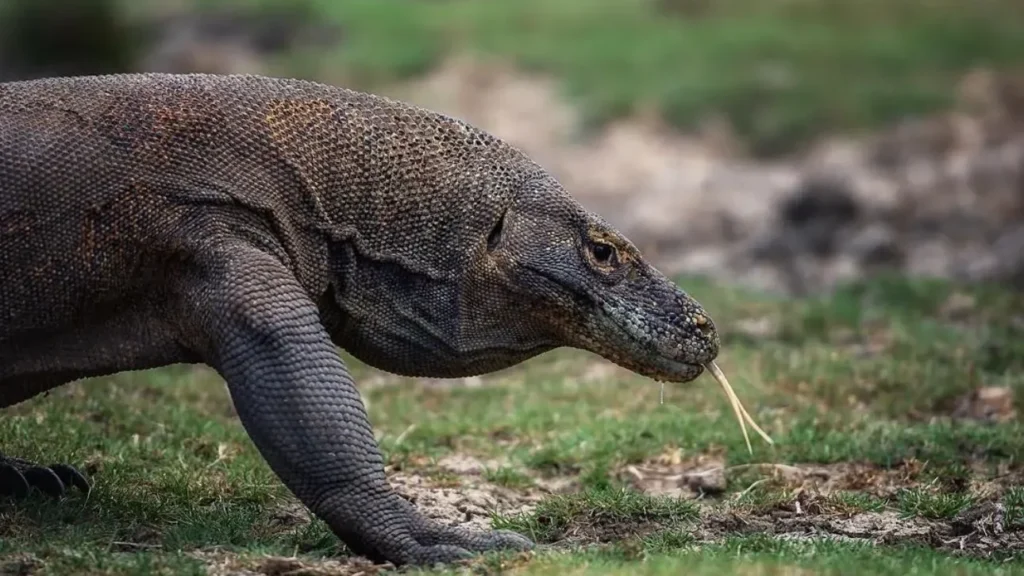
In addition to sexual reproduction, Komodo dragons also possess an extraordinary reproductive adaptation: asexual reproduction through a process called parthenogenesis. This biological process allows a single female to produce offspring without mating with a male. Genetic analysis of parthenogenetic offspring shows they carry genetic material solely from their mother, but they are not clones. In parthenogenesis, the extra egg cell acts like a surrogate sperm to fertilize the main egg cell in Komodo dragons.
In this process, an unfertilized egg can still develop into an embryo. Interestingly, the offspring are usually male because of how sex chromosomes work (carrying ZZ combinations). With new males born, the continuation of the population remains possible, as these males can later mate with females.
The first documented case of parthenogenesis in Komodo dragons occurred in 2006 at Chester Zoo, involving a female named Flora.This discovery proved scientifically that Komodo dragons can pass on genetic material even without males. Imagine an isolated island populated only by females, thanks to parthenogenesis, the species could still continue.
Fascinating Facts About Komodo Dragon Reproduction and Life Cycle
Beyond their reproduction methods, Komodo dragons also have unique life cycle traits that make them even more remarkable:
- Protective mothers: Female Komodo dragons build several decoy nests to mislead predators away from their real clutch.
- Low hatching success rate: Of the dozens of eggs laid, only a few survive to hatch and reach adulthood.
- High predation risk: Hatchlings, measuring just 30–40 cm, must climb trees immediately after hatching to escape predators, including adult Komodos.
- Arboreal childhood: Young Komodo dragons live in trees for 2–3 years, feeding on insects, small reptiles, and birds.
- Slow maturity: They reach adulthood around 8–9 years old and can live up to 30 years in the wild.
All these challenges highlight how only the strongest and luckiest Komodo dragons make it to adulthood.
Read more: When Is the Best Time to See Komodo Dragons? Must-Know Info for Travelers!
Let’s See Komodo Dragons Up Close with IndonesiaJuara Trip!
Now you know the answer to the question: how do Komodo dragons reproduce? They can reproduce sexually through mating and egg-laying, as well as asexually through parthenogenesis, a rare ability that allows females to produce offspring without males. Combined with their unique life cycle, it’s clear that Komodo dragons are among the most fascinating creatures on Earth.
Seeing Komodo dragons in their natural habitat on Komodo Island is a once-in-a-lifetime experience. With IndonesiaJuara Trip, you can join exclusive Labuan Bajo Tours to explore the exotic islands where Komodo dragons live. Not only will you witness these ancient reptiles up close, but you’ll also enjoy trekking through their habitat, snorkeling in crystal-clear waters, and soaking in breathtaking island views.Guided by experienced local experts, your journey will be safe, comfortable, and unforgettable. So, what are you waiting for? Join a Labuan Bajo Tour with IndonesiaJuara Trip and experience the magic of meeting the dragons of the east in their true home!


